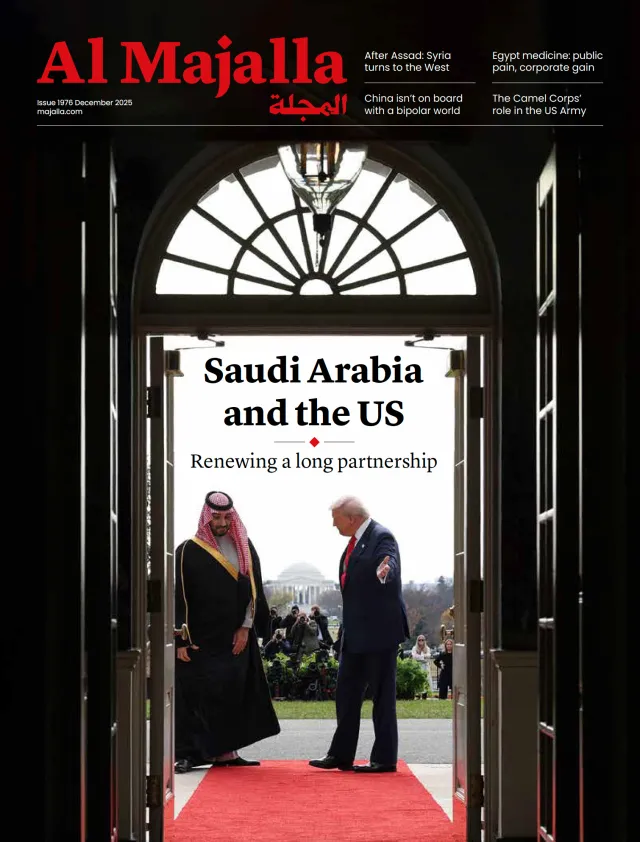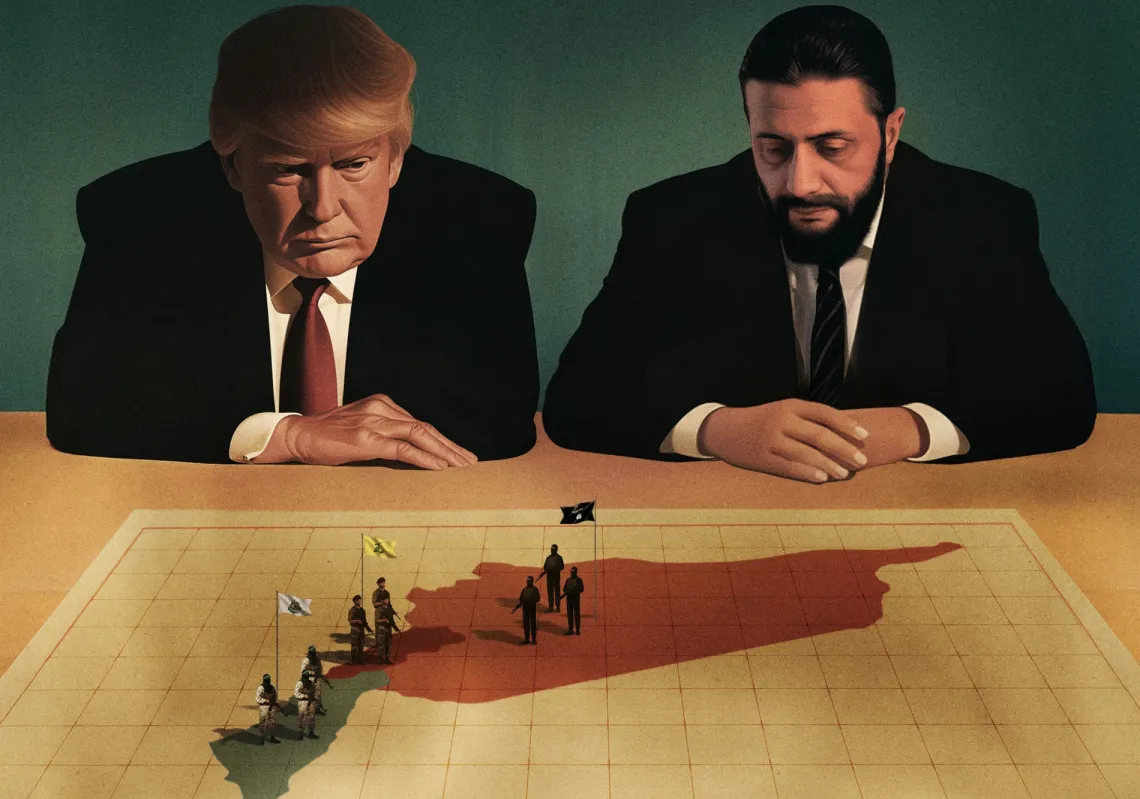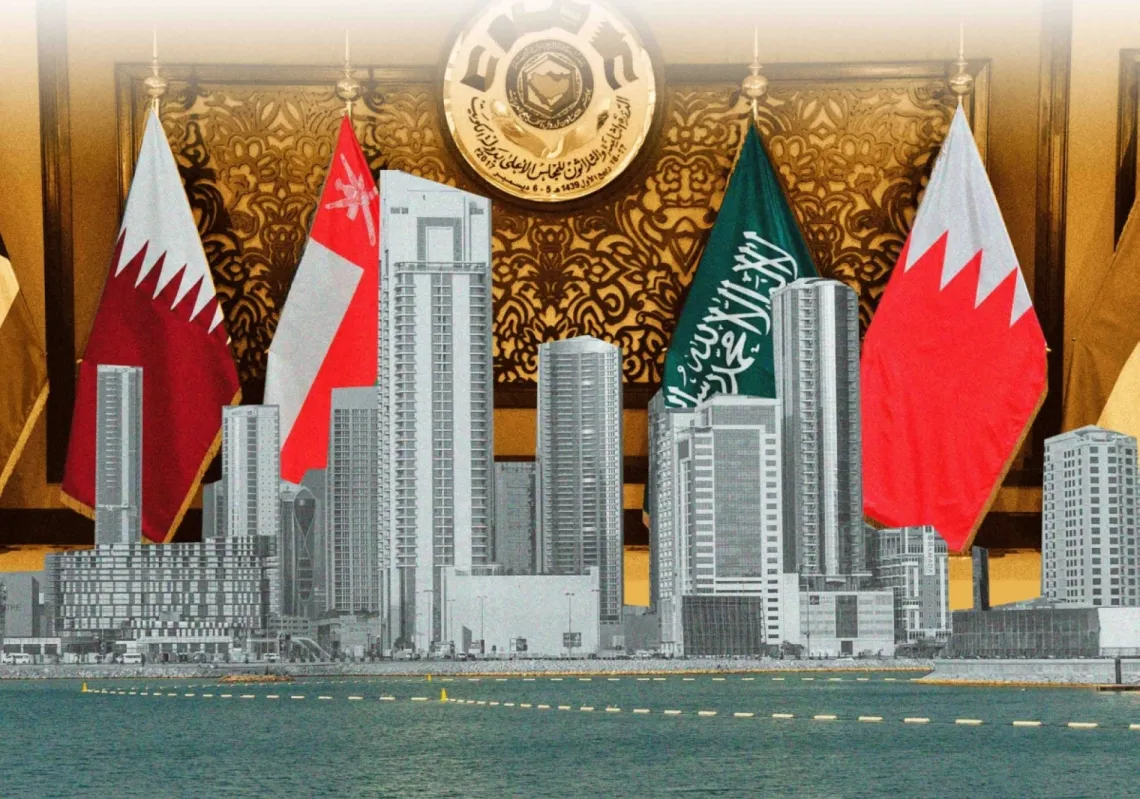The headlines of multiple economic and business deals from the three stops on US President Donald Trump’s trip to the Middle East in the opening months of his second administration lend themselves easily to summing it up as Trump’s “spring bling tour.”
However, several important strategic shifts in US policy took place on this trip, and perhaps the biggest and most enduring shift is America and Saudi Arabia doubling down on their bilateral relationship in multiple realms, with expanded ties in energy, health, infrastructure, and new technologies, including artificial intelligence. These two countries are binding their fortunes together in ways that would have been difficult to imagine a decade ago.
As with all presidential visits overseas of this sort, the two main things to watch are the follow-up and implementation of these agreements and how conditions in the region, including the always inevitable unexpected events that come up in the Middle East, will shape the contours of how far this bilateral partnership might go.
Security before prosperity
The Middle East remains a region that is quite volatile—last year saw the first-ever direct military exchanges between Israel and Iran, along with a brutal war between Israel and Hamas in Gaza, and a war between Hezbollah in Lebanon and Israel that devastated lives. Add to it the attacks on global shipping in the Red Sea by the Houthis in Yemen and a chronic threat from terrorist networks like the Islamic State (IS), and that means many uncertainties still exist in the strategic environment.
The drive for shared prosperity is dependent on security, which is why the Trump administration has made it the main focus in its relationship with Saudi Arabia. According to this White House fact sheet, the $142bn in defence sales planned, packaged as part of $600bn in Saudi investments in the United States, is the largest defence sales agreement in history.

If fully implemented, Saudi Arabia would purchase and receive warfighting equipment and services from more than a dozen US defence firms. “This deal represents a significant investment in Saudi Arabia’s defence and regional security, built on American systems and training,” the White House fact sheet states.
The defence sales planned fall into five main categories:
1. Air Force advancement and space capabilities
2. Air and missile defence
3. Maritime and coastal security
4. Border security and land forces modernisation
5. Information and communication systems upgrades
As is usual with defence sales like this, the plan includes extensive training and support for Saudi Arabia’s military, including enhancement of Saudi service academies and military services. The bilateral defence deal outlined is significant, but as some noted, the framework as yet “lacked any specifics,” including possible terms on contracts and delivery timelines.
A package of this size would take years to implement, even if defence sales are expedited, and a lot could happen in the Middle East during those years, given all of the shifting dynamics. One of the shifting dynamics to watch is changes in the global economy and energy markets—all of which could impact Saudi Arabia’s calculus and defence spending plans—its 2025 defence budget is estimated to total $78bn.
Some concerns that will likely come up about a package of this size are the potential risks of technology transfers to adversaries like China and whether any of the sales impact the qualitative military edge Israel seeks to maintain, which is enshrined in US law and policy.
















